Your cart is currently empty!

Mariana in the South – John William Waterhouse
Immerse yourself in the enchanting world of John William Waterhouse with our highest quality oil painting reproduction of “Mariana in the South.” This exquisite piece captures the essence of longing and solitude, inviting you to experience the profound emotions that resonate within its vibrant colors and intricate details.
As you gaze upon Mariana, draped in flowing fabrics that echo the gent…
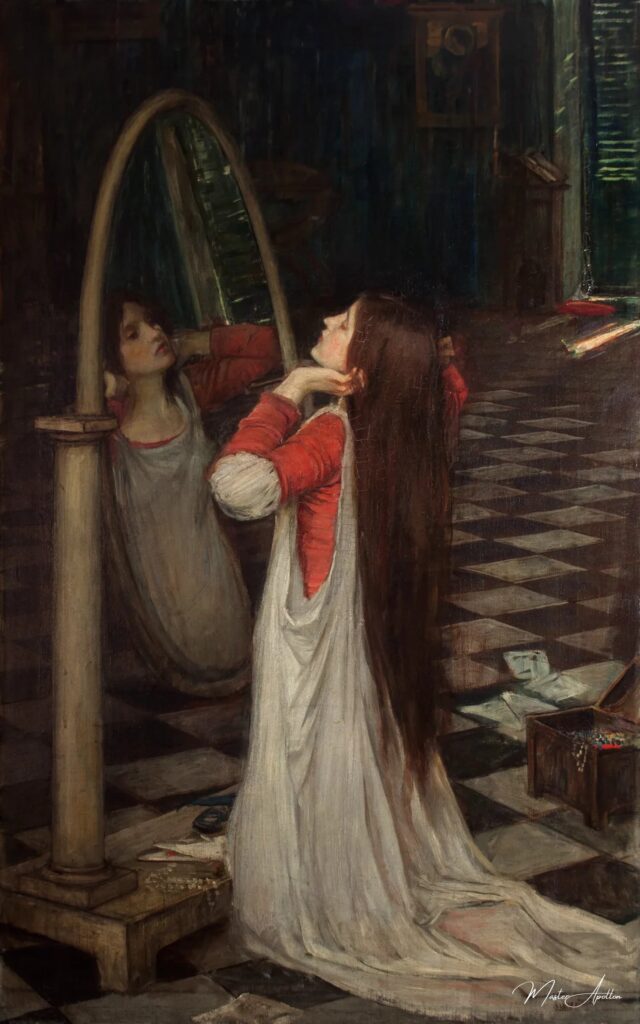
Mariana in the South 2 – John William Waterhouse
Immerse yourself in the enchanting world of John William Waterhouse with our highest quality oil painting reproduction of “Mariana in the South.” This exquisite piece captures the essence of longing and solitude, inviting you to experience the profound emotions that resonate within its vibrant colors and intricate details.
As you gaze upon Mariana, draped in flowing fabrics that echo the gent…
Mariana in the South – John William Waterhouse
John William Waterhouse’s Mariana in the South (circa 1897) is a mesmerizing example of the artist’s dedication to bringing literature and emotional depth to his work. This painting, rich in symbolism and rooted in the themes of longing and isolation, stands as a visual testament to the artist’s skill in translating literary references into poignant, emotive artworks. In this blog, we explore the backstory of Mariana in the South, its literary inspiration, and how Waterhouse’s use of color, composition, and symbolism enhances its meaning.
The Literary Inspiration: Mariana by Alfred, Lord Tennyson
Waterhouse’s Mariana in the South is based on the poem Mariana by Alfred, Lord Tennyson, which was written in 1830 and later published in his 1842 collection. The poem tells the story of a woman named Mariana, who is left heartbroken by the absence of her lover. She languishes in a state of deep emotional torment, symbolized by her endless wait for her betrothed. The poem’s imagery is rich with symbols of desolation and longing, which Waterhouse cleverly brings to life in his painting.
The specific passage that inspired Waterhouse’s painting describes Mariana sitting in her garden, feeling isolated and hopeless as she waits for her lover to return:
“She only said, ‘My life is dreary,
He cometh not,’ she said;
She said, ‘I am aweary, aweary,
I would that I were dead.’”
The painting captures the essence of this melancholic mood. It features Mariana in a moment of solitude and longing, gazing into the distance, surrounded by a lush, almost oppressive landscape that echoes her emotional state.
Waterhouse’s Vision: The Emotional Landscape
In Mariana in the South, Waterhouse creates a vivid portrayal of the poem’s central figure, Mariana, a woman in the throes of despair and emotional paralysis. Waterhouse has successfully transformed Tennyson’s text into a scene of poignant isolation, where the viewer feels Mariana’s emotional weight and the oppression of her loneliness.
1. The Central Figure: Mariana’s Emotive Posture
In the painting, Mariana is the central figure, her posture exuding sadness and a profound sense of longing. She is depicted seated on a stone ledge, draped in rich, dark fabric that seems to weigh her down emotionally. Her gaze is distant and forlorn, her face conveying the internal pain of waiting. The way Waterhouse has placed Mariana within the composition draws the viewer’s attention to her sense of isolation, amplifying the sense of emotional depth. The viewer is drawn into her world of waiting, feeling the weight of her longing and sadness.
2. The Lush Southern Landscape: A Mirror of Mariana’s Mood
The backdrop of Mariana in the South is an integral part of the painting’s emotional impact. The lush greenery and florals surrounding Mariana are vibrant and abundant, yet there is an underlying sense of desolation in the way they are portrayed. The vines and flowers seem almost overwhelming, encroaching upon the space and intensifying Mariana’s emotional entrapment. This contrasts with her own sense of hopelessness, emphasizing that the world around her is full of life, yet she remains untouched by its vibrancy. The garden appears to be suffocating, much like Mariana’s own emotional state.
The southern setting is symbolic, as the warm colors and lushness reflect an environment that is abundant, yet Mariana is locked in a state of longing, disconnected from the life surrounding her. The vibrant surroundings can be interpreted as a metaphor for the promise of life and love that is currently out of Mariana’s reach.
3. The Play of Light and Color
Waterhouse is known for his masterful use of light and color, and in Mariana in the South, these elements play a key role in conveying the emotional tone of the painting. The warm, golden tones of the southern landscape create a stark contrast with Mariana’s cool, melancholy expression and the muted colors of her clothing. The light, which gently bathes her, emphasizes her sorrow by isolating her in an otherwise vibrant scene. The softness of the lighting creates a dream-like atmosphere, further intensifying the sense of longing and emotional disconnect.
Themes and Symbolism in Mariana in the South
1. Isolation and Longing
At the core of Mariana in the South is the theme of isolation and unfulfilled longing. Mariana’s emotional state is clearly depicted through her posture, her expression, and the oppressive landscape that surrounds her. Waterhouse captures not only the external environment but also the emotional landscape that Mariana inhabits. The longer one looks at the painting, the more it becomes clear that her surroundings, though rich and fertile, mirror the mental state of the character: they are full of life, but Mariana remains disconnected from that life.
2. The Inaccessibility of Love
The painting symbolizes the inaccessibility of love and the deep pain that comes from yearning for something that seems perpetually out of reach. Mariana’s longing for her lover is central to the painting’s emotional power. In her garden, surrounded by abundant nature, she waits for something that is always just beyond her grasp. The symbolism of the garden, a traditional symbol of fertility and life, becomes a paradox in this context, as it represents the life and love Mariana craves but cannot attain.
3. Time and Stagnation
Mariana’s emotional stasis is emphasized by the stillness of the scene. Unlike other works by Waterhouse, which feature movement and action, Mariana in the South is marked by an almost oppressive stillness. This stillness reflects the passage of time that is seemingly endless for Mariana as she waits, trapped in her own emotional prison. There is a timeless quality to her solitude—time seems to stretch infinitely, much as it does for someone in deep emotional distress. The figure of Mariana is, in essence, suspended in time, unable to move forward or escape her sorrow.
Waterhouse’s Mastery of Emotion and Symbolism
Waterhouse was a master at blending literary and symbolic elements to create art that transcended the ordinary. Mariana in the South is a prime example of his ability to visually interpret complex emotional and philosophical themes. He brings Tennyson’s poem to life, allowing the viewer to not only see but feel the emotional weight of Mariana’s predicament. Through his use of color, light, and composition, Waterhouse creates an atmosphere that is at once beautiful and melancholic, capturing the emotional essence of a woman trapped in an endless cycle of longing.
Conclusion
Mariana in the South is one of Waterhouse’s most evocative and melancholic works. The painting beautifully translates Tennyson’s poem into a visual narrative, capturing the pain, isolation, and longing of the central figure. Through Waterhouse’s deft use of color, light, and composition, Mariana’s emotional depth is brought to life in a way that resonates with viewers on a deeply human level. The lush, southern landscape becomes a metaphor for both the beauty and the pain of longing, while Mariana herself stands as a symbol of emotional stasis. This painting, like many of Waterhouse’s works, offers a timeless exploration of the complexities of the human heart.
John William Waterhouse
John William Waterhouse was a British painter known for his enchanting depictions of mythological and literary themes, characterized by rich colors, emotional depth, and a focus on female figures that often evoke a sense of longing and beauty.
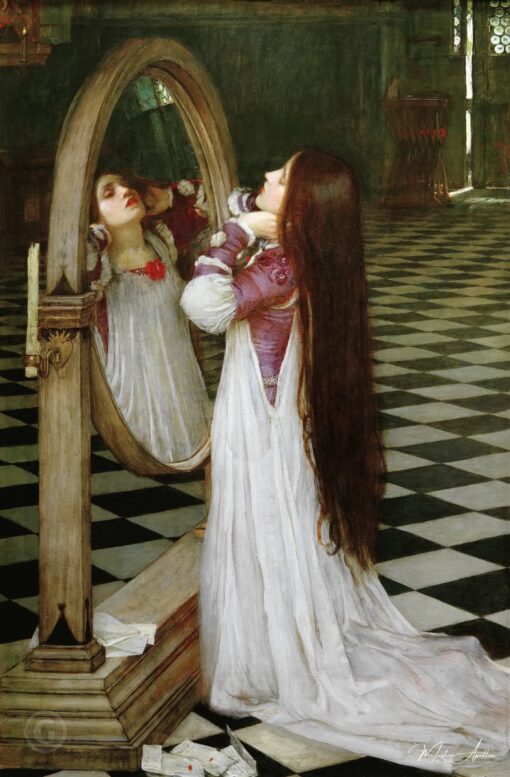
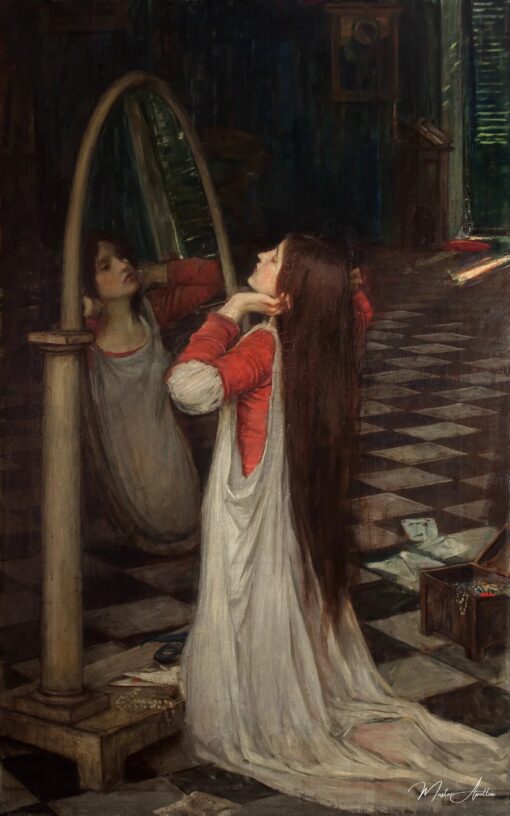
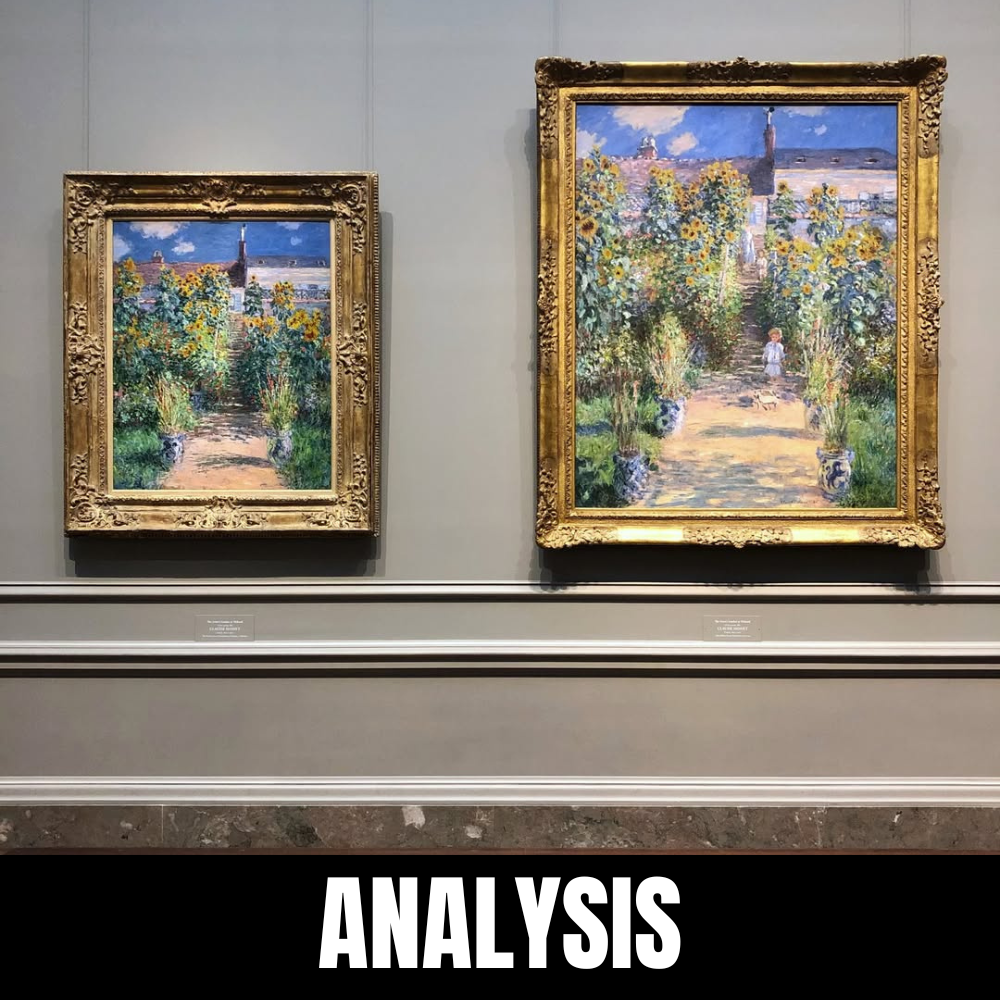
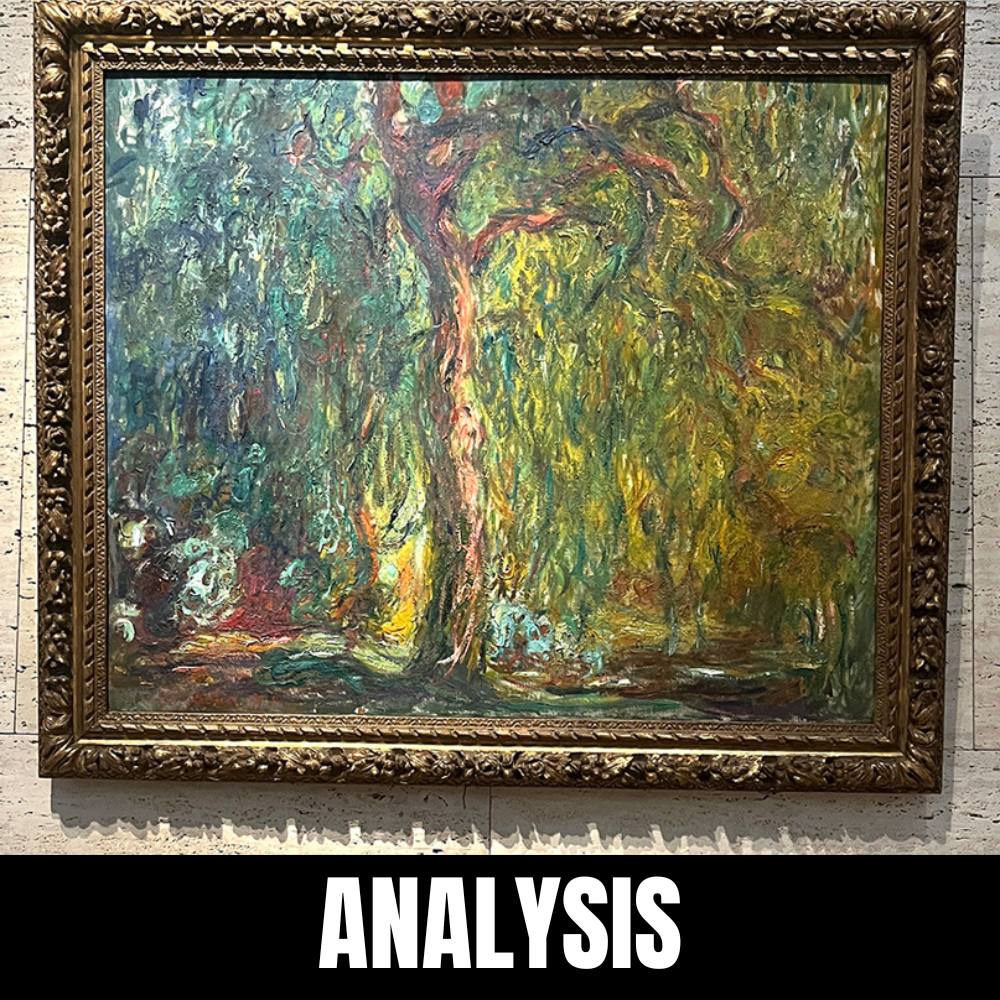
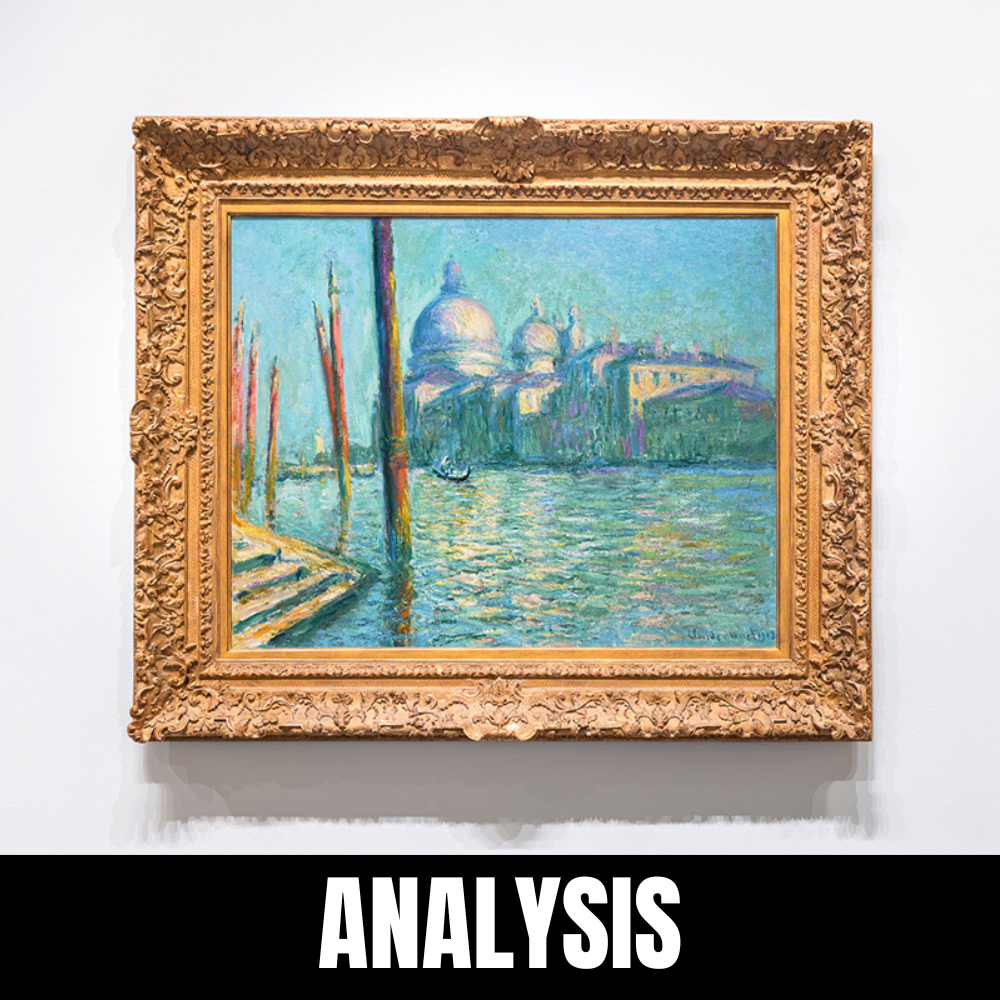
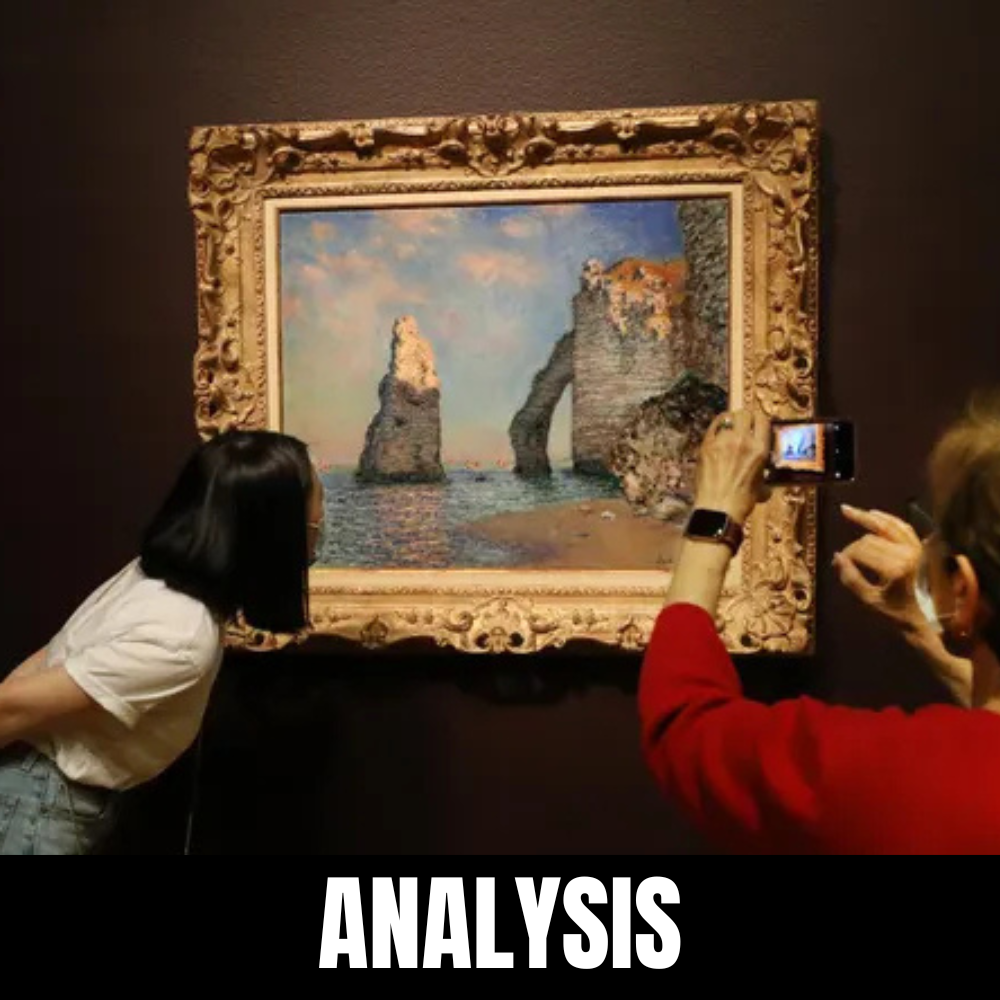
Leave a Reply